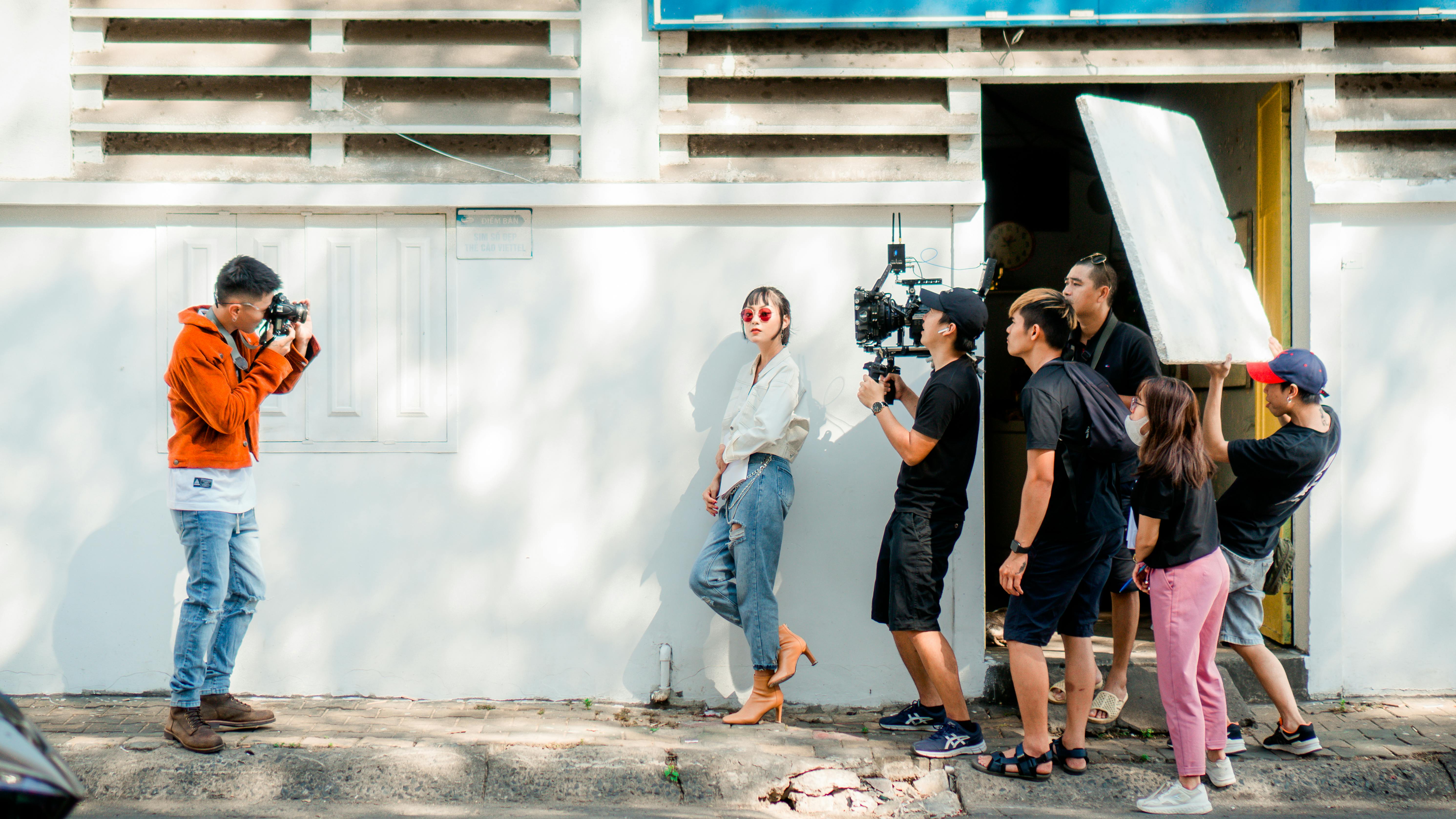You can have a prototype, but you can’t draw. This is the dilemma many inventors face throughout their quest to have their invention patented. Your inability to represent your invention need not hamper the progress of your work. Here are three ways you can represent your invention without having to be an artist.
Photograph your work.
Use film or a digital camera. If you are using a film camera, decide what views you will take of your invention. Take a black and white photo of each view. Scan the photos on your computer and print them out on paper. Once you have printed the images, add reference numbers to the figures. If you are using a digital camera, you will follow the same steps as if you were using a film camera. The only difference is that the digital photos will be in color. To get the best quality copies of your images, you must convert them to black and white. When downloading the image, select grayscale instead of color. You can also convert the image to grayscale after download. At this point, you can add reference numbers to the figures. Whether you’re using film or a digital camera, be sure to take close-up photos of the prototype. When taking pictures of small objects, it is recommended that you use a zoom lens. If your camera doesn’t come with this feature, you can check for a macro setting. This function is ideal for extreme close-ups. Use the flash when taking pictures in sunlit areas. The flash will help to eliminate shadows at night.
Trace your photo by hand.
This approach will provide you with drawings that have a less photographic appearance. You will need to obtain tracing paper; a pencil; ink pens; a soft eraser; Scotch tape; a numbering template; a source of light; a plastic template with shapes like circles or boxes; and white correction fluid. Put the photo in a light box. You can use a piece of glass over a light source if you can’t use a light box. Tape the tracing paper to the photo. Trace the outline of your invention. Once you’ve traced the outline, separate the tracing paper from the photo. Trace the pencil with an ink pen. Make sure to use a ruler when drawing straight lines. If there are pencil marks after tracing, erase them. Ink lines that do not contribute to the drawing may appear white. Insert the figures and reference numbers on your drawing sheets and make a copy of the tracing sheet.
Use a computer to track.
To use the computer for tracing, you would need software such as Photoshop, Illustrator, CorelDraw, or Freehand. Start by importing the photo into the software of your choice. Add a new layer so that you can trace over the photo. In order to see the photo while drawing, you must change the opacity. Use a drawing tool to trace. Once you’re done, save the traced image at its full opacity.

